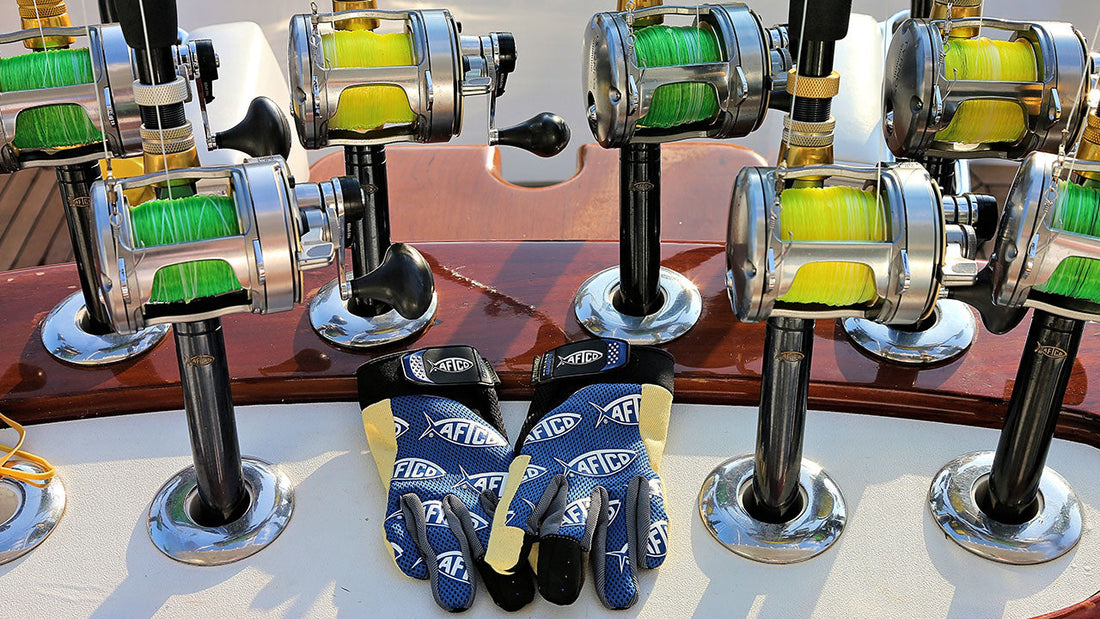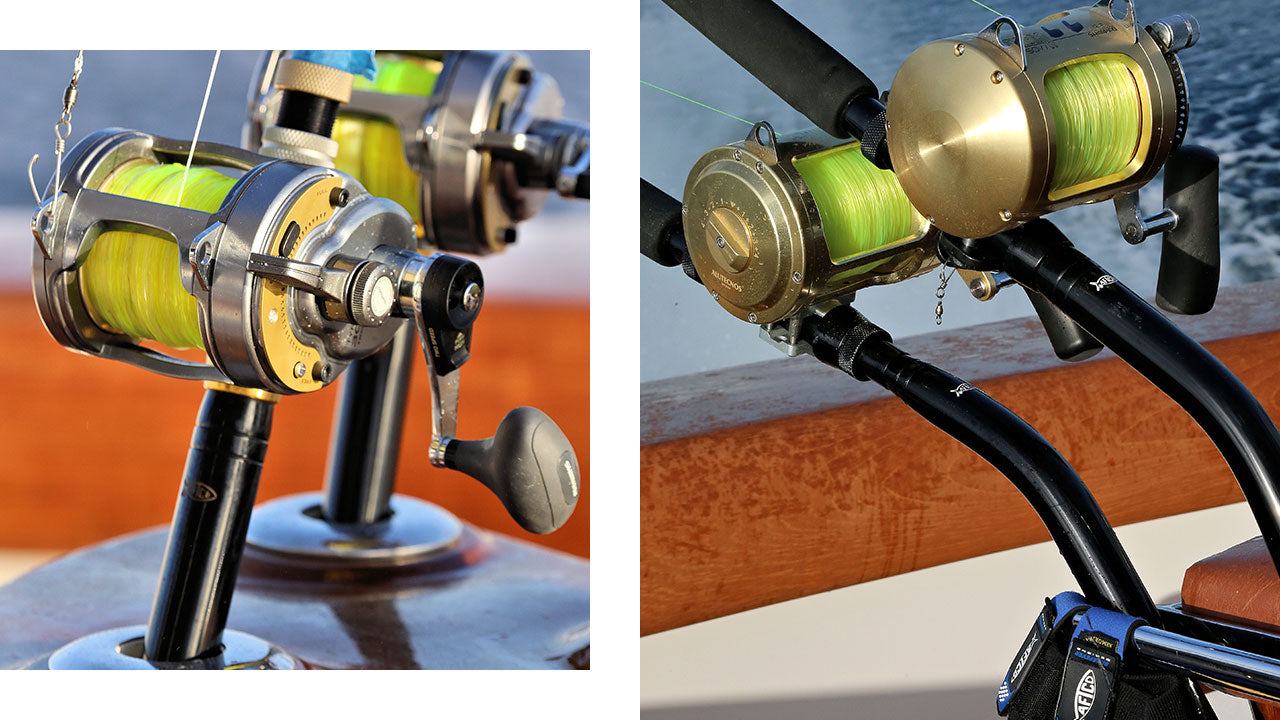
Should my rod butt be bent or straight?
Words by IGFA Hall of Fame Captain, Peter B. Wright
"Should I get a curved butt or a straight butt for my new fishing rod?" is a question I am asked quite frequently. I can't properly answer that question without knowing more about the angler, the boat and their offshore fishing style.
The short answer - a quick guide to bent verse straight fishing rod butts
When to use bent butts? Curved butts are really only necessary with heavy drag settings on heavy tackle, but they can be very helpful for kids or small statured adults by helping these anglers sustain heavy drag without having to lean awkwardly forward to clear the corners of the transom.
When to use straight butts? Straight butts are best served for most use cases. Straight butts are easier to store. A rod and reel with a curved butt takes up more space. Many big marlin and tuna have been caught on straight butts and most anglers do not benefit significantly from curved butts.
The Full Explanation
Fishing Physics - Your Fishing Rod Is a Lever - First I need to explain what the real purpose is for having a curved butt on a fishing rod, and to discuss the physics of a fishing rod operating as a second class lever. One of the first things an angler needs to know is that the line should never come off the tip of the rod at more than a 90 degree angle while fighting a fish with a drag setting that is considered high for the line class used. "High sticking" with a rod held too high causes extreme pressure on part of the line, the outside skin of the line as it curves over the rod's tip guide. There is a minimum ratio for size of the pulley used for a given cable size and load for elevators that is much greater than that found in most rod tips. Holding the rod too high, at too great an angle, is a problem that causes many broken lines and lost trophy fish. In some situations a curved butt helps avoid this problem.
Why Bent Butts Provide a Benefit? - A curved butt is used solely to change the angle of the tip section of a rod, mainly one that is seated in a rod holder, fighting gimbal of a chair, or a pad that is secured around the waist of an angler. Period! It changes the angle of the tip!
The rods in question are not used for casting. They are designed for the purpose of fighting a fish. All rods always magnify the strain against the angler. The angler always has to support a greater strain, usually several times greater, than the strain that the reel's drag and the line is putting upon the fish the angler is fighting!

Equation for calculating angler strain - A stiff rod which only bends slightly with whatever amount of drag the angler is using will multiply the strain of the drag setting against the angler by the following formula. Multiply the drag setting being used by the overall length of the rod, measured on a straight line from the notch in the butt to the tip of the rod. Then divide that result by the length of the butt from its notch to the center of the reel seat, again you must measure the straight line distance! This will give you the pressure exerted upon the harness straps of an angler using a fighting harness, either from a chair or standing up. If the angler is not using a harness, multiply the drag times the overall length of the rod and divide by the distance from the notch in the butt to the rod where the angler positions the hand that holds the rod. (Angling tip - the farther up the rod the angler holds it with his hand the less force he has to exert just to hold the rod up against the pull of his fish.)
The rod butt can be straight, curved or bent into the shape of a large W or M and all that matters is the straight line distance! The ratio of overall rod length to butt length, and thus the amount the rod multiplies the drag is the same! A seven foot rod with a two foot butt will multiply the drag by the ratio of 7 divided by 2 which equals 3 1/2. With 50 pounds of drag on a big stiff unlimited rod the angler must sustain 50 x 3.5 or 175 pounds of pull on his harness. If he reaches up above the reel so his hand is 3 feet from the bottom of the butt the ratio becomes 7 divided by 3, which equals 2 1/3. This angler must hold almost 117 pounds with one hand for the duration of the fight! (I much prefer using a fighting harness which lets me use my back and legs instead of my arm thank you very much! The AFTCO Max Force II Shoulder Harness is my favorite for line from 8 to 50 pound classes.)
Effective Rod Length, Bent Butts For Chairs - If a rod is limber and bends a lot, its effective length is shortened. The best rods for fighting fish standing up all have limber tips which stiffen dramatically closer to the fore grip. This lessens the force against the angler and still allows him to apply decent pressure against the fish. Since an angler using stand up gear can move around the cockpit when necessary he or she is able clear the corners of the boat with a short rod and which reduces the pressure actually felt at a given drag setting. With these types of rods there is no real need for a curved butt unless the plan is to start out standing up but go to a chair if the fight becomes a marathon slug fest with a fish staying down deep. A bent butt helps a chair bound angler keep his rod tip down and still keep the reel in a comfortable position within easy reach, not too high up in the air.
To Summarize - curved butts are best served for use in a fighting chair to keep the rod tip down, or on heavy tackle with very heavy drag settings. They may also help some anglers more easily clear the corners of the transom. For most uses, a straight butt is the way to go.
We hope that Peter B. Wright's knowledge of curved verse straight will help you find the right AFTCO fishing rod butt for your fishing style.







